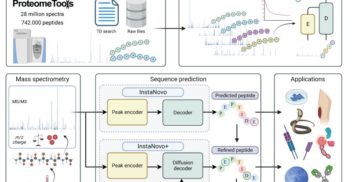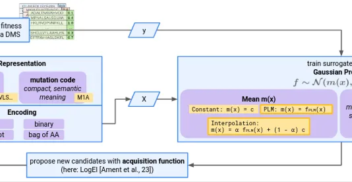AI is revolutionising proteomics and has the potential to unlock new frontiers in targeted healthcare and biomedical research. At the heart of this is peptide sequencing, an essen...
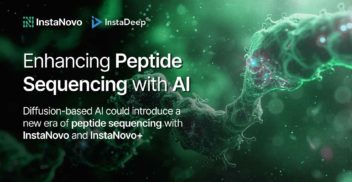
Enhancing Peptide Sequencing with AI...
on Mar 31, 2025 | 09:01am
InstaDeep delivers AI-powered decision-making systems for the Enterprise. With expertise in both machine intelligence research and concrete business deployments, we provide a competitive advantage to our customers in an AI-first world.
Learn MoreOur latest updates from across our channels

on Mar 31, 2025 | 09:01am
AI is revolutionising proteomics and has the potential to unlock new frontiers in targeted healthcare and biomedical research. At the heart of this is peptide sequencing, an essen...

on Mar 06, 2025 | 11:59am
Proteins are essential to life, driving nearly every biological process and performing critical functions in the human body—from building muscles to fighting diseases. Understan...
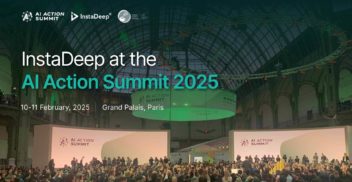
on Feb 20, 2025 | 11:45am
The AI Action Summit was an event that brought together world leaders, business experts and research luminaries as they uncovered the path ahead for the development of AI around...

on Feb 10, 2025 | 05:04pm
Learn how the InstaGeo team led the way in AI for Social Good at the AI Action Summit in Paris, where their work is gaining recognition for its tangible impact. As we step...

on Feb 07, 2025 | 03:48pm
Bringing together over 100 participants from around the world in teams building novel AI-powered geospatial tools to solve real-world challenges in climate adaptation. The...

on Feb 04, 2025 | 10:47am
AI is evolving at an unprecedented rate. Worldwide, leaders are striving to grasp the implications of this transformative technology while ensuring its economic and societal benef...

on Jan 23, 2025 | 01:09pm
Desert locust swarms represent one of the greatest threats to food security in Africa. Capable of consuming their weight in crops daily, these pests devastate livelihoods, destroy...

on Dec 16, 2024 | 10:27am
Each year in Stockholm, Nobel Prize Week celebrates the ideas and breakthroughs that have transformed our understanding of the world. In the same week (6–12 December), the Scien...
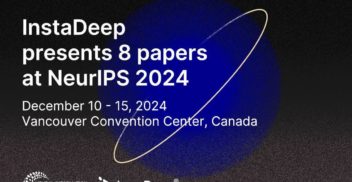
on Dec 09, 2024 | 03:16pm
From our beginnings to becoming a key player in AI, supporting new research spaces and sharing what we’ve learnt in AI has always been at the core of InstaDeep’s DNA. This...

on Dec 05, 2024 | 12:06pm
DNA is the blueprint of life, the universal code of A, T, C, and G that guides the functioning of all living organisms, from humans to bacteria. Packed into the genome, this massi...
